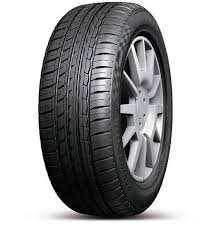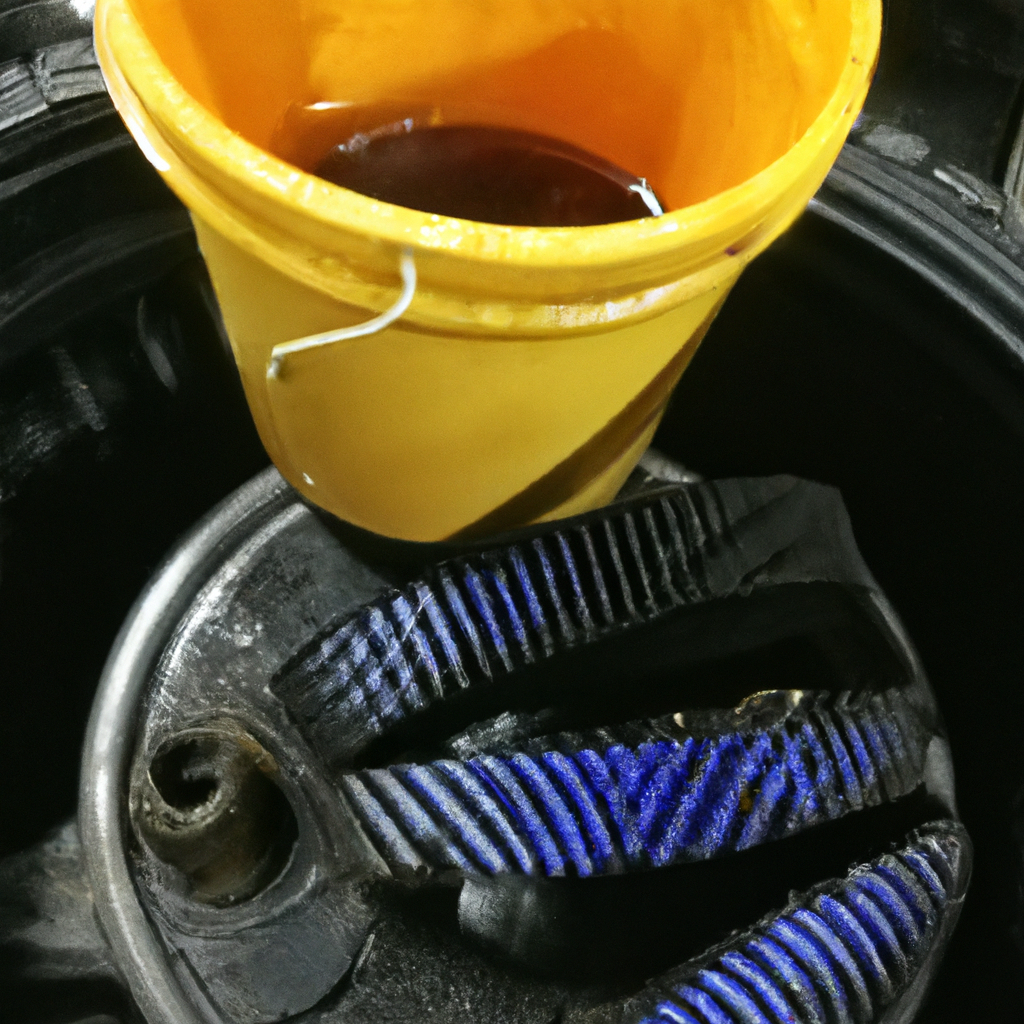R17
High-Range 4×4
Four-wheel drive high-range should be engaged when encountering soft or slippery conditions, such as sand, dirt or muddy roads where traction is compromised.
However, this should not be used when driving on-road or on hard surfaces.
On part-time 4×4 vehicles, changing to 4×4 involves shifting from 2H to 4H which can often be done on the move with “shift-on-the-fly” systems.
Full-time four-wheel drive vehicles have 4×4 permanently engaged with the option of locking the centre diff for increased stability.
Low-Range 4×4
Selecting low-range can only be done when the vehicle is stationary. In low-range, the gearing is reduced to approximately 2:1 depending on the vehicle. This effectively halves the vehicle speed but doubles the torque compared to the high-range ratios.
Low-range should be engaged in difficult conditions where it’s essential to drive at low speeds, including rough or rocky terrain, steep gradients or where maximum torque is required.
Choosing the ideal gear for any particular situation comes with experience, but typically pulling off in second gear is recommended, as first gear low-range is extremely short and could cause unnecessary wheelspin. The accelerator must be applied carefully due to the high-torque nature of the gearing.
Changing gears while traversing an obstacle, or tackling steep gradients, is not recommended, as it could result in a loss of control.
When encountering unknown or difficult sections be sure to conduct a preliminary inspection of the route on foot to determine the best possible lines, and reduce the risk of getting stuck or damaging the vehicle.
Showing 1–16 of 41 results
-

195/40R17 Greenlander
£48.98 Add to basket -

205/40R17 Farroad
£50.17 Add to basket -

205/40R17 Saferich
£50.99 Add to basket -

205/45R17 BlackArrow
£54.97 Add to basket -

205/45R17 Saferich
£55.99 Add to basket -

205/50R17 Rotalla
£55.38 Add to basket -

205/55R17 Fronway
£51.98 Add to basket -

205/55R17 Kpatos
£56.98 Add to basket -

215/40R17 Farroad
£56.37 Add to basket -

215/45R17 Farroad
£49.98 Add to basket -

215/45R17 Sunny
£52.57 Add to basket -
Sale!

215/50R17 Churchill
Original price was: £56.79.£54.99Current price is: £54.99. Add to basket -

215/50R17 Farroad
£55.91 Add to basket -

215/50R17 ILINK
£62.79 Add to basket -

215/50R17 Taranzo
£55.87 Add to basket -

215/55R17 Dynamo
£57.68 Add to basket

